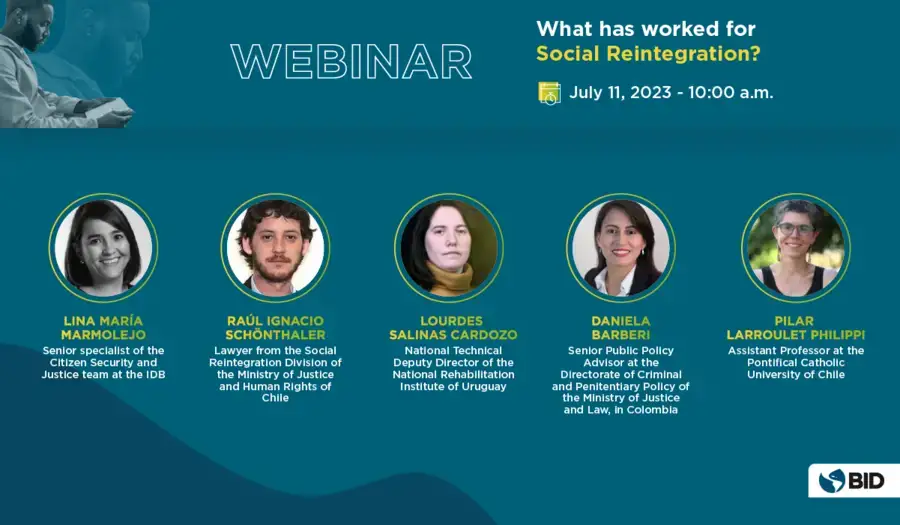Definition
.Category that brings together a set of initiatives, practices or types of interventions that share the same strategic focus ("what" they intend to do and/or problems they intend to solve or mitigate) and the same forms of action and approach ("how" they intend to address problems and advance their purposes).
152
Evaluated cases
Definition
These are examples of practical application of each type of solution included in the platform. They correspond, in general, to specific initiatives or programs through which a set of activities are implemented, developed and executed in an articulated manner, seeking to mobilize a set of resources (physical, human, financial or technological) in favor of the realization of a common objective and purpose and the achievement of a set of clearly identified and specified results.
13
Effective cases
Definition
.The classification of a case as "effective" means that there is consistent and robust evidence (i.e., assessed by research using Maryland Scale Level 5 methodology) that the implementation of the program/initiative contemplated in that case generated a positive impact on the intended and evaluated outcome variables ("outcomes").
Activate the filters and/or select one of the solution types below to view details of existing evidence and examine practical application cases.
Multicomponent Programs for Violent Juvenile Offenders
Mixed Evidence
.
.
.
.
.
There is evidence that they can be effective. However, the magnitude and statistical significance vary according to the form of measurement.
Specialized Intervention Programs for the Female Population
Promising
.
.
.
.
.
Have had positive effects in terms of reducing recidivism.
Specialized Intervention Programs for Sex Offenders
Mixed Evidence
.
.
.
.
.
The evidence is mixed, especially in relation to the impact on recidivism in violent and sexual crimes.
Disciplinary Training Camps
No Effect
.
.
.
.
.
Overall, they have had no effect on crime, and there are indications that they may be counterproductive.
Case Management
Promising
.
.
.
.
.
Has generated positive effects in terms of enhancing the results of therapeutic interventions.
Programs Oriented to Strengthening Intervention Capacities
Effective
.
.
.
.
.
Have been effective to reduce offender recidivism ( when applied in both closed and open settings).
Cognitive Behavioral Interventions for Offender Rehabilitation
Promising
.
.
.
.
.
Has been successful at reducing recidivism among adults and young people in general, although there is no evidence of the impact of Cognitive Behavioral Therapy applied specifically to the treatment of antisocial behavior of juveniles under house arrest.
Motivational Interviewing
Promising
.
.
.
.
.
Has worked to promote behavioral changes in offenders and reduce recidivism in general.
Faith-Based Intervention Programs
Mixed Evidence
.
.
.
.
.
There are indications that they may contribute to the reduction of recidivism by inmates with less violent behaviors. However, they have not had any effect in terms of improving the behavior of those individuals within prisons, nor in terms of mitigating antisocial beliefs and attitude.
Some types of solutions were not included in the Evidence Bank due to the absence of systematic reviews and meta-analyses that have evaluated them, or due to weaknesses identified in existing evaluations. Click here to see the list of types identified but not included in the Evidence Bank.
Search for types of solutions or evaluated cases
Enter keywords and use the filters to find the most relevant evidence for your area of expertise/interest
Community of Practice
Connect with sectoral leaders, participate in initiatives and discussions, and access news, techniques and tools relevant to evidence-based policymaking.



